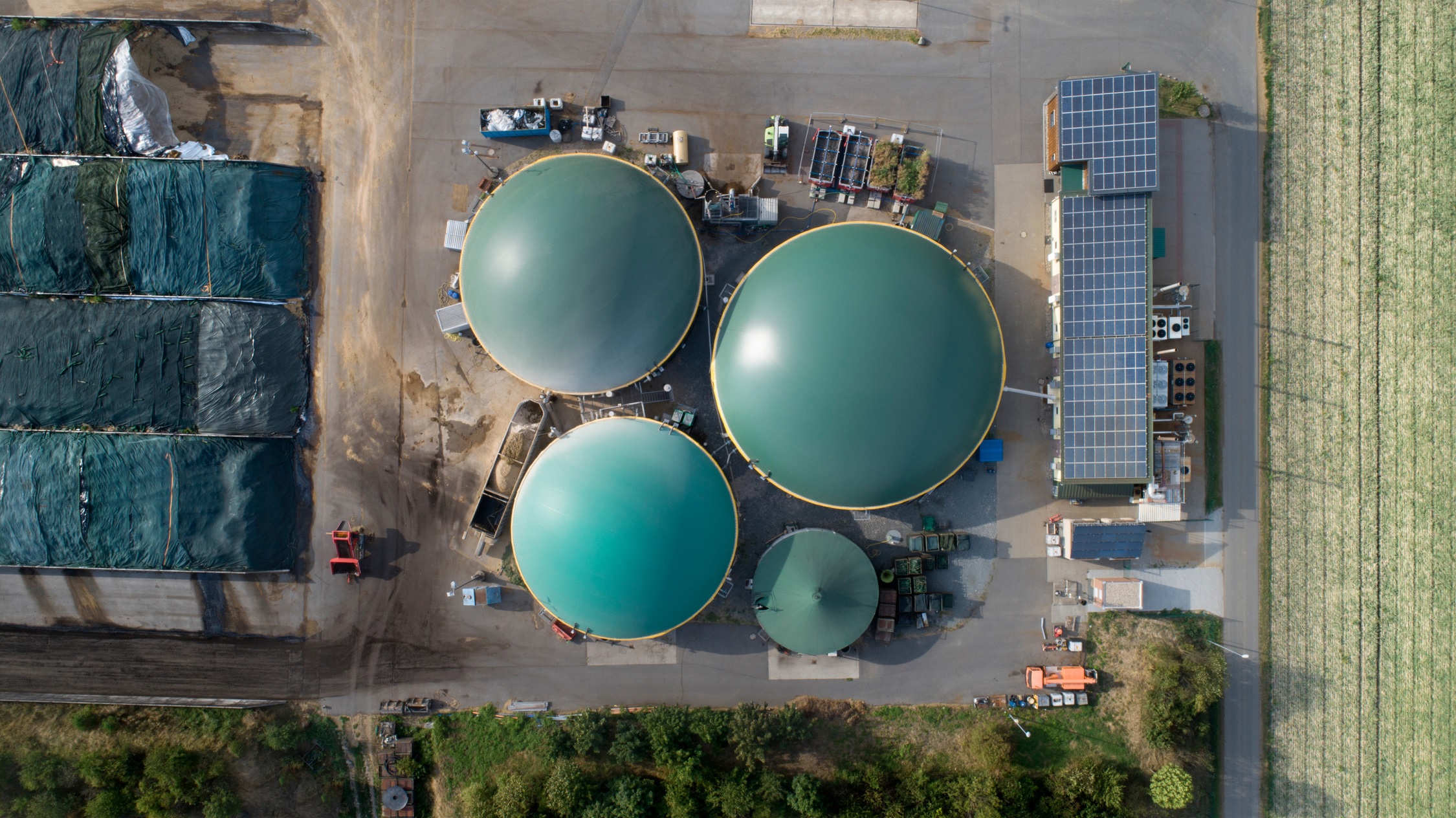1.What is biogas?
Biogas is a naturally occurring gas produced by the breakdown of organic matter by anaerobic bacteria.
2. How does biogas differ from natural gas?
Biogas is a renewable energy source produced biologically, while natural gas is a fossil fuel formed over millions of years.
3. What is the composition of biogas?
Biogas is primarily composed of methane, carbon dioxide, and trace amounts of nitrogen, hydrogen, and carbon monoxide.
4. Where can biogas be found naturally?
Biogas occurs naturally in compost heaps, swamps, and as a byproduct of animal digestion.
5. What are the environmental benefits of biogas technology?
Biogas technology offers several environmental advantages, including the effective management of animal waste and municipal solid waste.
6. How does biogas production contribute to greenhouse gas reduction?
By converting organic waste into biogas and combusting it, methane emissions are reduced. Since methane is a potent greenhouse gas, this process helps mitigate climate change.
7. What other environmental impacts does biogas production have?
Biogas production on farms can improve air quality by reducing odors, insects, and pathogens associated with traditional manure management.
8. What kind of materials can be used to produce biogas?
Animal and plant wastes can be used as feedstock for biogas production.
9. How is biogas produced?
These wastes are processed in anaerobic digesters as liquids or slurries. The digesters break down the organic matter into biogas through the action of bacteria.
10. What are the components of an anaerobic digester?
An anaerobic digester typically consists of a feedstock holder, a digestion tank, a biogas recovery unit, and heat exchangers.
11. What is the primary material used in large-scale farm digesters?
Large-scale farm digesters primarily store liquid or slurried manure from farm animals.
12. What are the different types of large-scale farm digesters?
The primary types of farm digesters include covered lagoon digesters, complete mix digesters for slurry manure, plug-flow digesters for dairy manure, and dry digesters for slurry manure and crop residues.
13 What environmental conditions are necessary for optimal biogas production in digesters?
Digesters typically require a constant temperature of about 35 °C (95 °F) to maintain the optimal conditions for bacteria to decompose organic material into gas.
14. How much biogas can an efficient digester produce?
An efficient digester may produce 200-400 cubic meters (7,000-14,000 cubic feet) of biogas containing 50-75 percent methane per dry ton of input waste.
15. What is landfill gas and how is it produced?
Landfill gas is biogas produced by the decomposition of organic matter over many years within a landfill. It is collected through a system of pipes installed at various depths.
16. How does the composition of landfill gas change over time?
The composition of landfill gas evolves over the landfill's lifespan. Typically, after a year, it contains approximately 60% methane and 40% carbon dioxide.
17. What factors influence the amount of landfill gas produced?
The quantity of landfill gas generated depends on the amount of organic waste and the age of the landfill.
18. What is the typical energy potential of landfill gas?
On average, landfill gas contains about 2 gigajoules of energy per ton of waste.
19. What is the primary purpose of landfill gas collection systems?
Landfill gas collection systems are primarily implemented to prevent explosions caused by methane accumulation and to reduce methane emissions into the atmosphere. Swipe
20. How is landfill gas typically utilized?
The collected landfill gas can be burned onsite or used to generate electricity through internal combustion engines or gas turbines.
21. Additional Resources
- https://www.britannica.com/technology/biogas
- https://www.nationalgrid.com/stories/energyexplained/what-isbiogas#:~:text=Biogas%20is%20an%20environmentally%2Dfriendly,homes%20and%20to%20generate%20electricity





